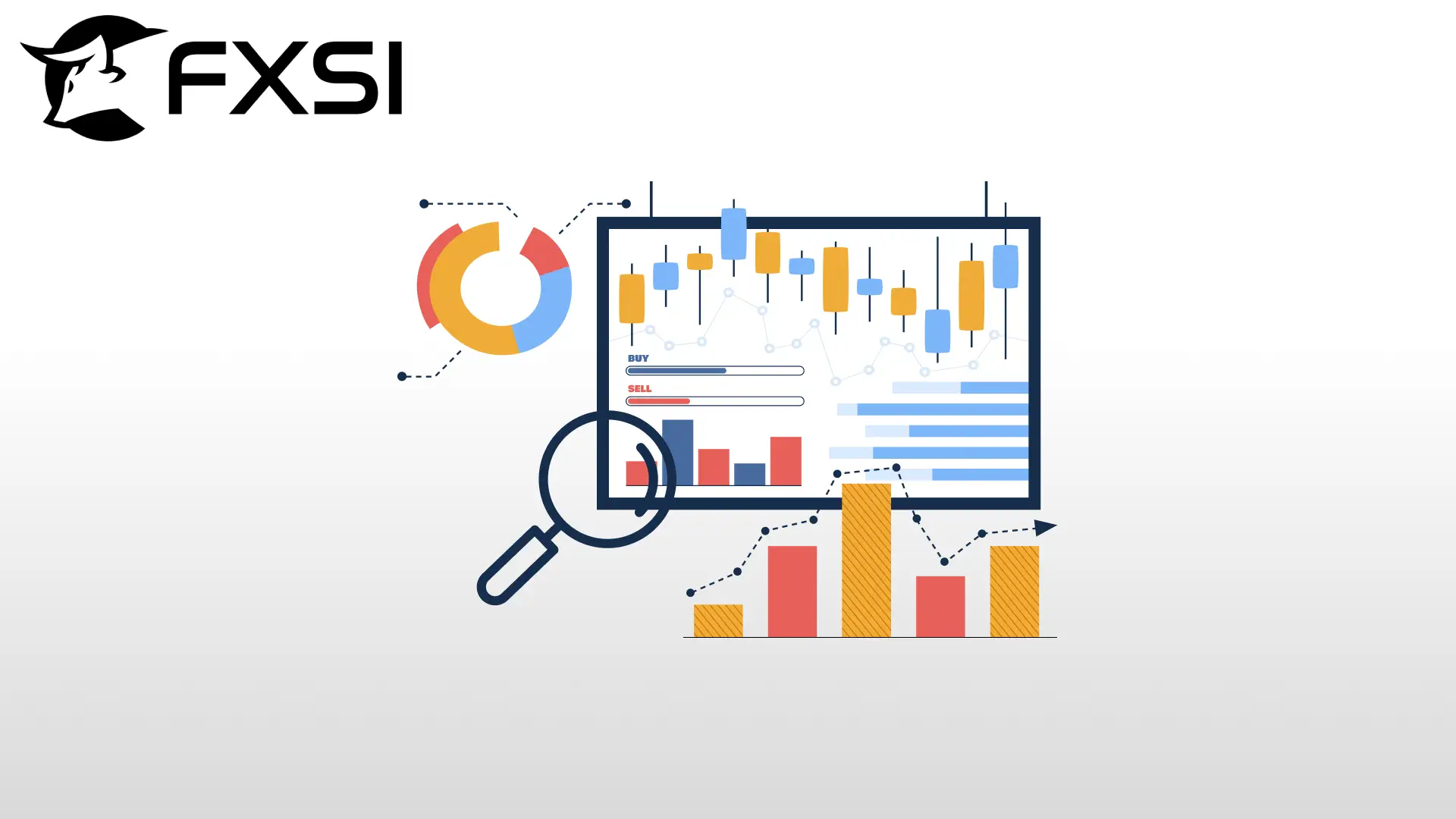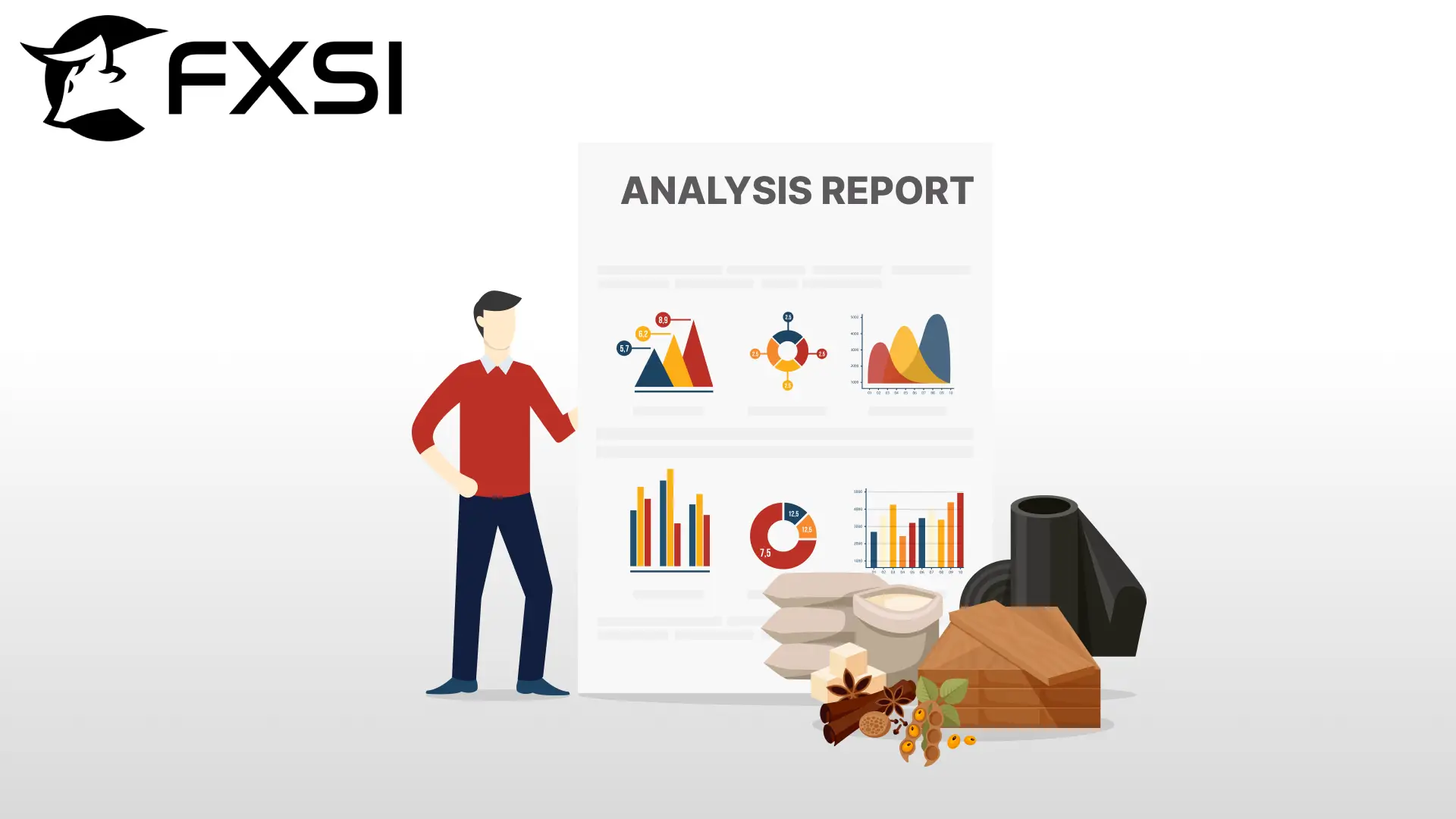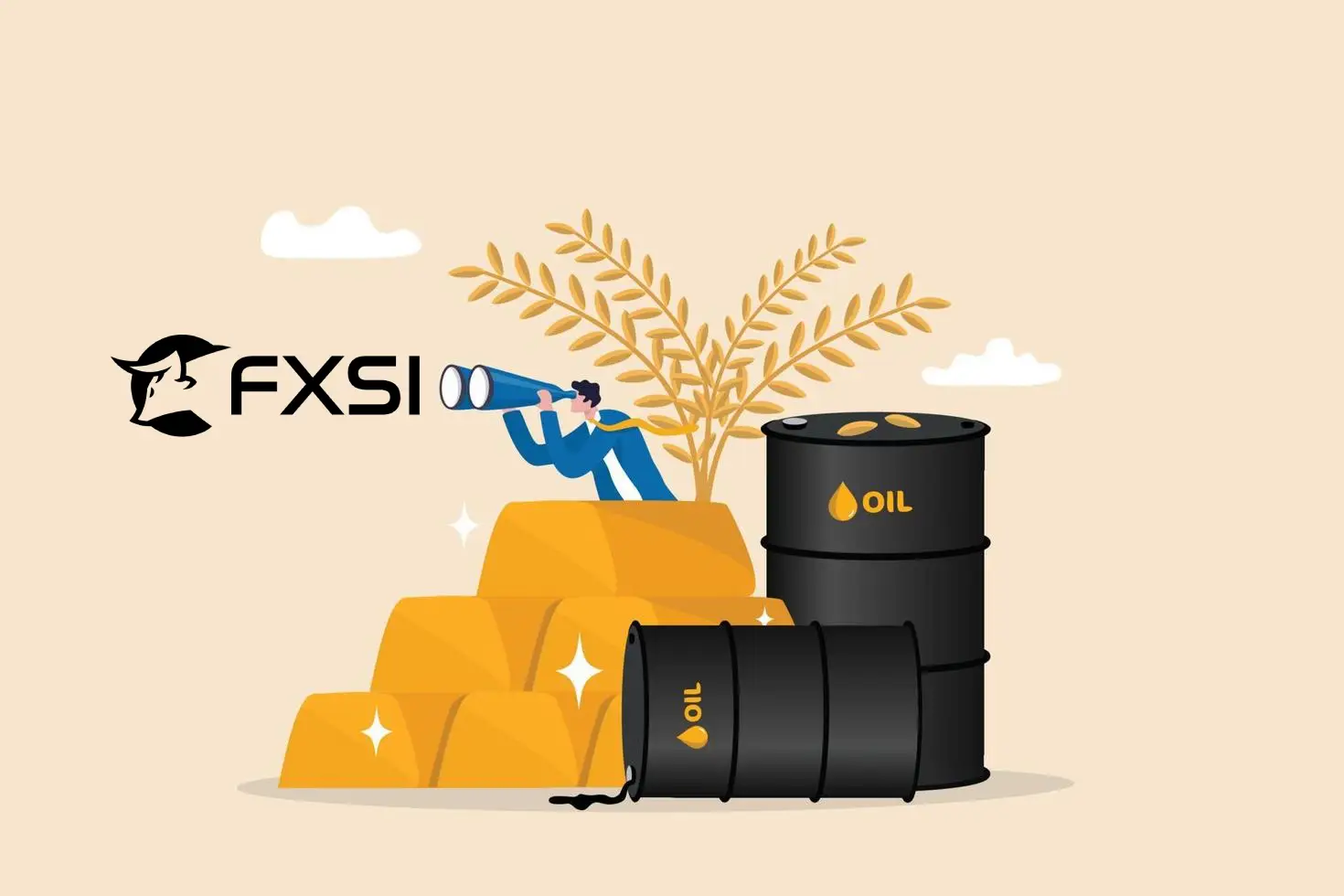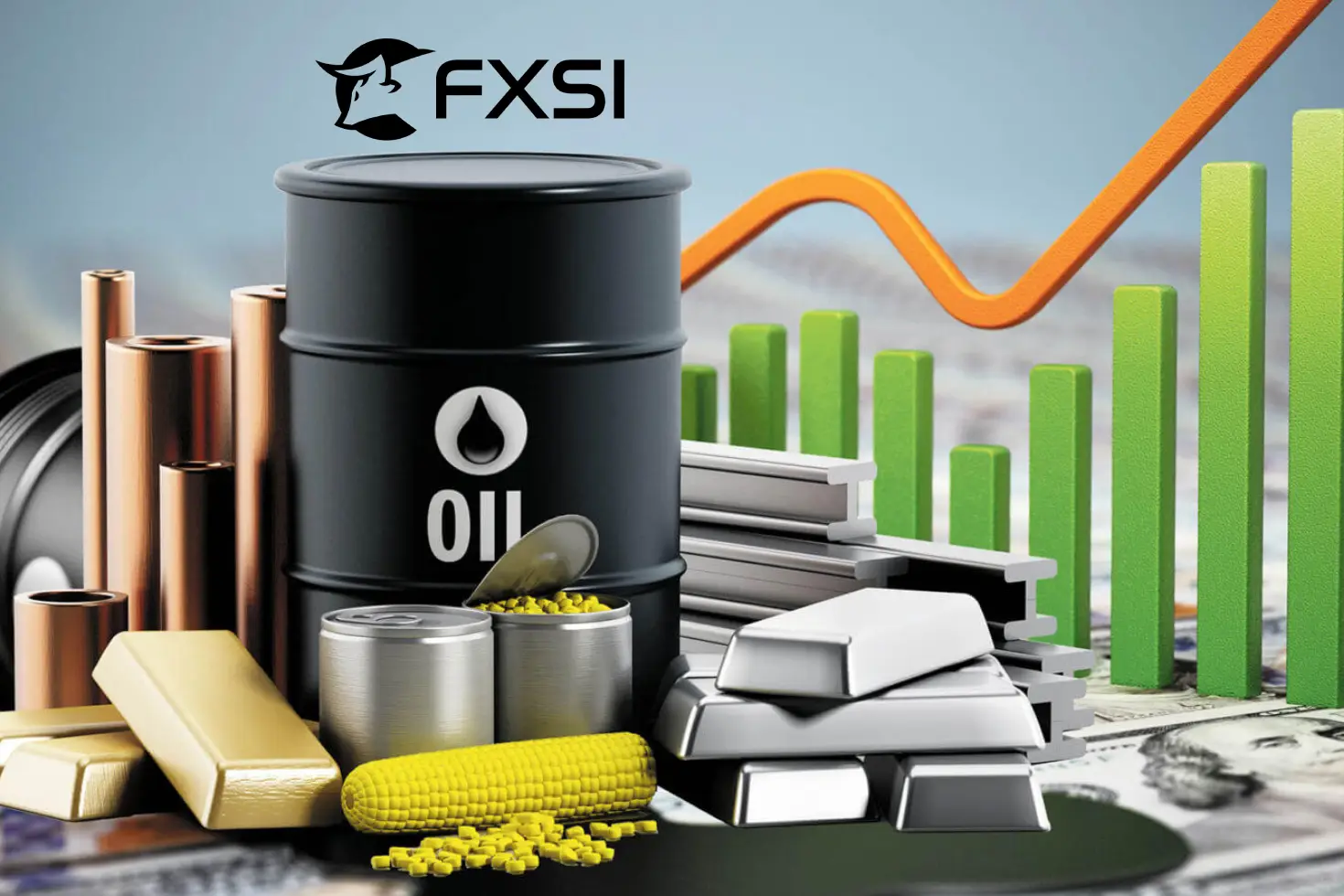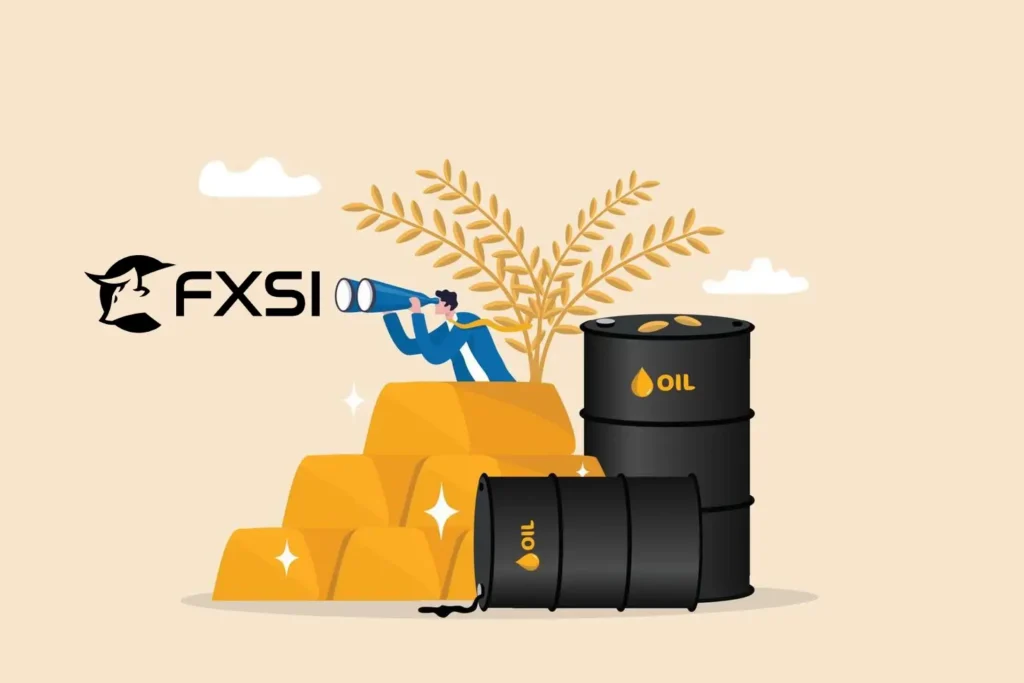CFDs in commodity trading allow the trader to speculate the potential movements of the market’s prices, without having access to (or even owning) a physical asset. This, of course, has both its upsides and downsides. it remains essential to understand the risks, including market volatility and leverage-related losses.
So, keep reading further to find out everything you need to know!
What Are CFDs in Commodity Trading?
A Contract for Differences (CFD) is defined as A CFD is considered a derivative of investment or contract type that enables traders to have the power to speculate on a specified price of a commodity other than having physical possession of the assets. The purpose of the CFDs includes allowing traders to take advantage of both rising and falling trades which makes them a useful tool in trading commodities.
How CFDs Work in Commodity Trading
In CFD trading, the trader makes an agreement with a broker to buy or sell differences based on a set price where the two parties agree to a time to measure. They exchange financial profits rather than trade commodities and can purchase (go long) if they consider the prices will increase and sell (go short) when they think prices will go down.
For example, when the trader takes up a long position in oil CFDs at seventy-five dollars and sells it further for eighty dollars. On selling them, he earns five dollars, in contrast selling for seventy dollars incurs a loss of three dollars.
Key Features of Commodity CFDs
Now, let’s have a look at some of the main CFD components:
- Leverage: CFDs are favored by some traders because of the ability to control larger positions, along with making a smaller investment to start with.
- Bid-Ask Spread: The gap between the buying and selling prices determines the profit margins.
- No Expiry Date: CFDs with no expiration dates differ from traditional futures contracts.
- Hedging Opportunities: At the same time, CFDs can act as a hedge for other investments in case of adverse price movements.
Benefits of CFDs in Commodity Trading
There are many pluses of implementing a CFD in your commodity trading strategy, such as:
1. Access to a Wide Range of Commodities
Various commodities such as energy (oil and gas), metals (gold, silver, copper), and agricultural goods (wheat, coffee, and sugar) are covered by CFDs.
2. Ability to Go Long or Short
CFD trading offers new opportunities where the trader has a single instrument to trade instead of separating rising and falling markets.
3. Leverage and Margin Trading
A trader can open a position using a margin, thus allowing him to take a more significant number of trades than his capital permits. Leverage is a double-edged sword and exposes the trader even more.
4. Lower Costs and No Storage Issues
When trading CFDs, the costs for storing, insuring, and transporting physical goods are omitted as there are no underlying assets in CFD trading.
5. Flexible Trading Hours
CFDs enable access to wider trading borders, as they are traded through brokers online and do not rely on regular exchange hours.
6. Diversification
Without direct ownership of the commodities, CFDs make it effortless for traders to diversify their portfolios among various sectors and across a range of commodities.
Risks Associated with Commodity Trading CFDs
Now, let’s have a look at some of the risks that come with trading CFDs in commodities:
1. High Volatility
Due to geopolitical reasons, weather conditions, and even shifts in supply and demand, commodities undergo substantial price fluctuations.
2. Leverage Risks
Traders utilizing margin accounts have the potential to increase their profits, however doing so further increases losses if a trader does not position themselves correctly. Learn about the risk management in commodity trading.
3. Spread Costs
Traders must also pay the spread, which is the difference between the buying and selling price. This lowers any profits made, particularly in quiet periods when there is low market activity.
4. Market Gaps and Slippage
In highly active markets, rapid price changes can lead to stop-loss orders being executed at market gaps and therefore The losses become more than what was planned for.
5. Counterparty Risk
Because CFDs are not traded on centralized exchanges, there is a risk that the broker may not fulfill their required obligations, especially in cases where they go bankrupt.
Example of a CFD Trade on Gold
- A trader purchases a gold CFD when the price is $1,900 per ounce.
- The 10% margin means that the trader needs to deposit $190 to facilitate a $1,900 trade.
- When the position is closed, the trader receives $1,950.
- Alongside spread costs and overnight financing fees, the remaining profit is $50 for each ounce ($1,950 – $1,900).
Expenditure On CFD Trading
- Spread: Difference between the selling price and buying price.
- Commissions: Some brokers charge commissions on stock CFDs, while it is not uncommon for commodity CFDs to have none.
- Overnight Financing: Financing costs are incurred on a leveraged position held overnight.
- Slippage and Execution Risks: Prices can change for reasons beyond an investor’s control, thus impacting their ability to successfully execute the trade.
- Inactivity Fees: Charges that brokers impose for accounts that are not used for trading purposes for a long time.
Management Tips for CFDs in Commodity Trading
Here are some safe practices to help manage your possession over commodity CFDs:
1. Avoiding Traps
Always use stop-loss and take-profit orders so that profits are maximized, while losses are minimized. Do not use more than the optimal amount of leverage.
2. Technical and Fundamental Analysis
- Technical Analysis: Analyze exit and entry scenarios using the forecasts with the aid of charts, trend lines, and technical indicators like the Moving Average and RSI.
- Fundamental Analysis: Trade by analyzing the economy’s supply and demand, reading economic reports, and observing geopolitical actions that impact commodity pricing.
3. Reduce Risks
Invest in various commodities or combine CFDs with other asset classes like foreign currency and indices.
4. Be Responsive
Monitor OPEC meetings, inflation, and dry weather to be cognizant of financial and economic happenings that affect commodity markets.
5. Adopt a Trading Plan
Clearly define your trading strategy with rules specifying the points at which you would enter or exit, manage risk levels, and allocate funds.
Conclusion:
This is all you should know about the CFDs in commodity trading and what impact they have on the commodity exchange markets. For those involved with CFD commodity trading, it is essential to apply pertinent risk control methods in action and be aware of market movements while having a complete trading system to framework above all.
